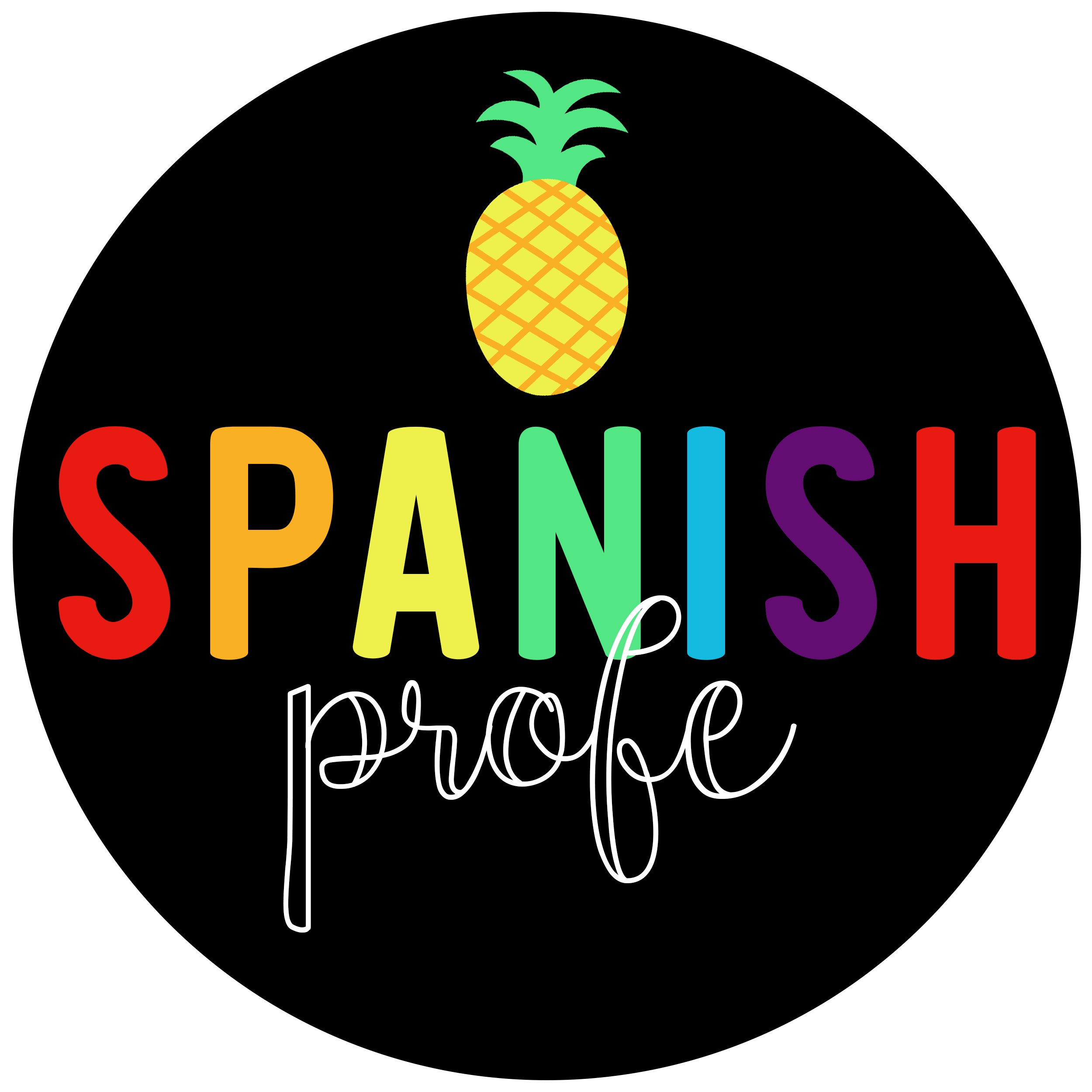(This post contains affiliate links. Thanks for your support!)
As teachers, it is important that we learn to pronounce our student’s names correctly and know how they pronounce them (not how you think it should go). I never realized the importance of this until I married and took the last name ‘Jimenez’. It is a hard one for Midwesterner to pronounce Jimenez unless they speak Spanish or are avid baseball or soccer fans—very few people get it correctly or ask how to pronounce it.— They often say, ‘Gi-men-es’ or ‘Ga-mi-nas’ or ‘Gi-mi-knees’ which all tend to make me cringe. I have compiled a list of bilingual and Spanish books about Hispanic names for students or (your kids).
Your student’s names mean a lot to them and to their parents; make it a priority to pronounce it correctly. It is not fun to have a name no one knows (or tries) to pronounce correctly. This idea took on even more meaning to me when I named my first born, a name that apparently is difficult for the “gringos” to pronounce correctly. We speak Spanish and pronounce it how it would be said in Spanish which is difficult…. She has asked me on multiple occasions “Why I named her such a difficult name?”.
Another thing that is unique about many Spanish speakers is having (and using) two last names. Many people do not understand where these last names come from or why there are two. If you make name tags, include both last name or ask parents if they would like you to include both names. Though traditionally some students might only use their first last name, it is important that they know how to spell both of their apellidos. This can be a great activity for Spanish class. Student’s that do not have two last names could think about (or ask parents) what their names would be if they used both their father and mother’s (or parents) last names.
These are great bilingual books to read and then start a conversation about names in particular Latino or Hispanic name traditions in your bilingual or Spanish immersion classroom.
1. Marisol McDonald no combina (Marisol McDonald Doesn’t Match)
This book is bilingual and comes in both Spanish and English. A sweet story about Marisol McDonalds a unique girl that “doesn’t match”—here clothes, her name, her hobbies, etc. Marisol started to feel down about “not matching,” she even tried to match but Marisol felt bored and unnatural. She realizes in the end that she doesn’t have to match and that she likes being “mismatched”.
This is a great story for those kids that are biracial or bicultural. Many students in your class will be able to identify and connect to this story.
2. Crisantemo
This book is in Spanish. Crisantemo is about a mouse that loved her name until she went to school and felt bad that her name was so long. Craisantemo dreamed about changing her name. Crisantemo felt back throughout the book because other students were making fun of her name and for being named after a flower. In the end, a teacher convinces her that is her long name is perfect. (English version here)
3. René tiene dos apellidos (René Has Two Last Names)
This book is bilingual and comes in both Spanish and English. On the first day of school René finds him name with only one of his last names written on this name tag. He talks about El Salvador and how his name feels different in the US. In the book, other kids make fun of his long name. During a family tree project at school, he is able to explain to his class where both of his last names came from.
4. My name is Jorge: on Both Side of the River
This is a Bilingual book of short poems, both in Spanish and English. The first one is about how the way Jorge is pronounced in English sounds like a sneeze. Nice book for those students that have “hard to pronounce names” for English speakers. This book would be most appropriate for a little older students, approximately grades 3-5.
5. Alma y cómo obtuvo su nombre
Great book for your bilingual students. Alma learns about how she got such a long name. Her Papi teaches Alma about each of her family members or ancestors she was named after. At the end the Peruvian author, Juana Martinez-Neal shares how she got her name. You can get it in Spanish here or English here.
Do you read any other bilingual books to your students (or kids) about names? Do you have any other activities you do to teach about Hispanic or Latino names to your Spanish classes? Share your favorites in the comments.













